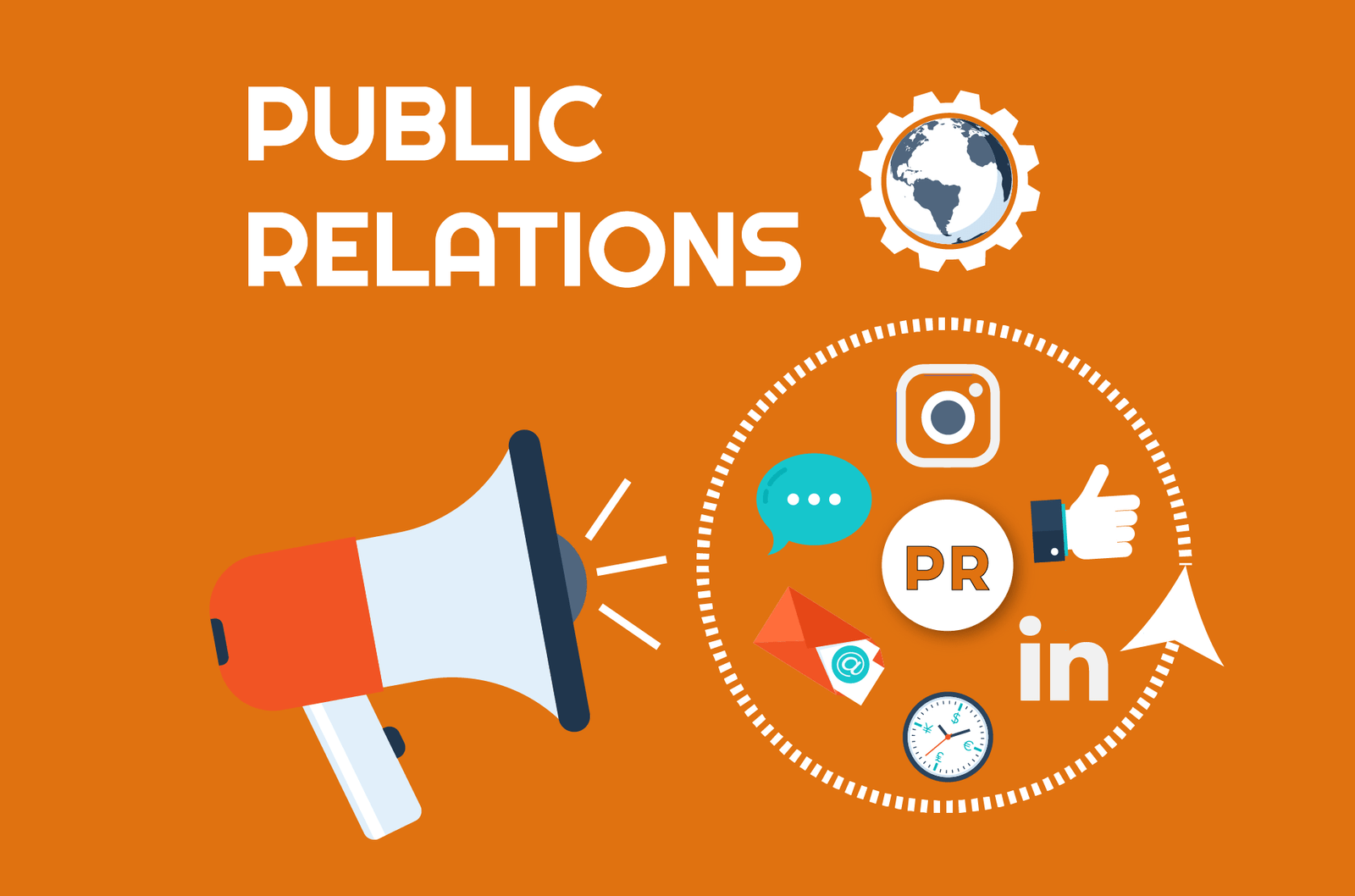Public Relations plays a vital role in shaping how companies, organizations, and even individuals are seen by the public. But with great influence comes a great ethical responsibility. In a field where perception often meets persuasion, PR professionals frequently face a critical challenge: staying truthful while effectively presenting their clients’ best image. However, crossing the line between “spin” — or crafting a narrative to persuade — and outright manipulation can cause serious damage to a brand’s reputation. Here’s how PR professionals can navigate the delicate balance between spin and truth to ensure ethical practices are upheld.
Understanding Spin vs Truth
Spin refers to the strategic presentation of information in a way that puts the subject in the best possible light, often by emphasizing certain aspects and downplaying others. While this is a legitimate part of PR, it becomes problematic when it distorts the truth or misleads the audience. On the other hand, truth in PR means presenting information that is accurate, honest, and transparent, even if it’s not always flattering.
The key difference between spin and truth lies in the intent. Spin may involve selective truths or exaggerations, while truth is about presenting facts without any manipulation. The challenge for PR professionals is to craft messages that highlight strengths without crossing over into dishonesty.
When PR professionals cross ethical boundaries, the consequences can be severe. Here are some risks of compromising on truth for the sake of spin:
- Loss of Trust: Audiences are becoming more skeptical of brands, especially with the rise of social media and easily accessible information. If the public discovers that a company has been dishonest or misleading, they will lose trust in the brand, which can be difficult to regain.
- Legal Repercussions: Misleading or deceptive practices can lead to legal consequences. False advertising or defamation lawsuits are common outcomes when PR tactics cross ethical lines.
- Damage to Reputation: Once a brand’s credibility is damaged, it can take years to repair. Negative publicity from unethical PR practices often sticks around long after the event, harming the brand’s long-term image.
Ethics in PR is about more than just avoiding a crisis at the moment. It’s about building a brand’s reputation over the long term. Ethical PR practices create lasting relationships with the media, the public, and stakeholders. Brands that communicate truthfully and responsibly create a positive image that resonates with consumers, even in the face of adversity.
By focusing on the long-term impact of their actions, PR professionals can help brands navigate difficult situations, while keeping the trust and loyalty of their audience intact.
Thus to conclude we know that PR is a powerful tool for shaping public perception, but it comes with great responsibility. While there’s a temptation to spin the truth to create a more favorable narrative, the long-term damage of misleading the public is far greater than the temporary gains of spinning a story. PR professionals must navigate the fine line between spin and truth, always choosing ethical practices that promote transparency, accountability, and honesty. In doing so, they not only protect their brand’s reputation but also help foster a more ethical and trustworthy media landscape.
At the end of the day, PR is not about deceiving the public, but about building relationships based on trust and integrity. When done ethically, PR has the power to enhance a brand’s reputation and create long-lasting connections with the audience.



